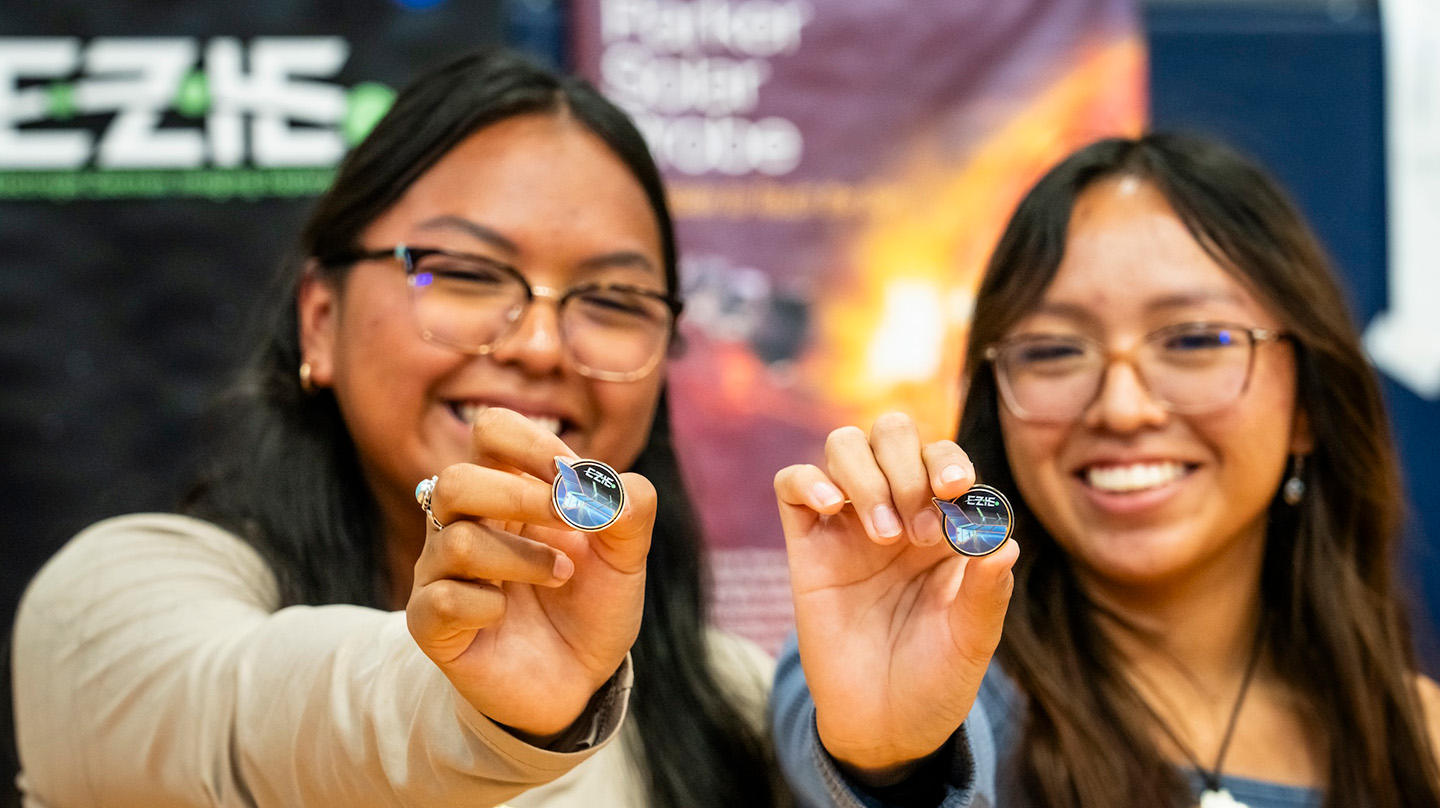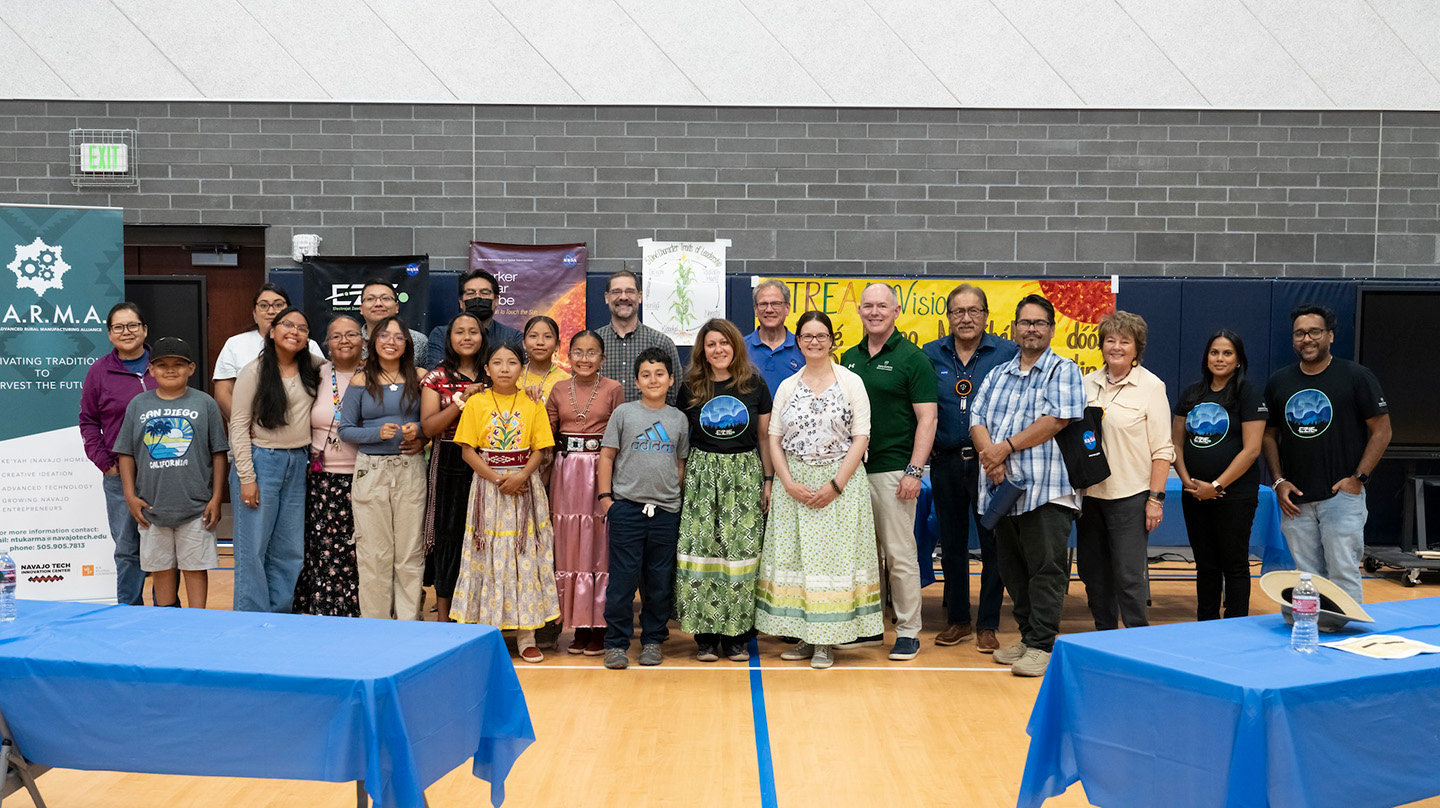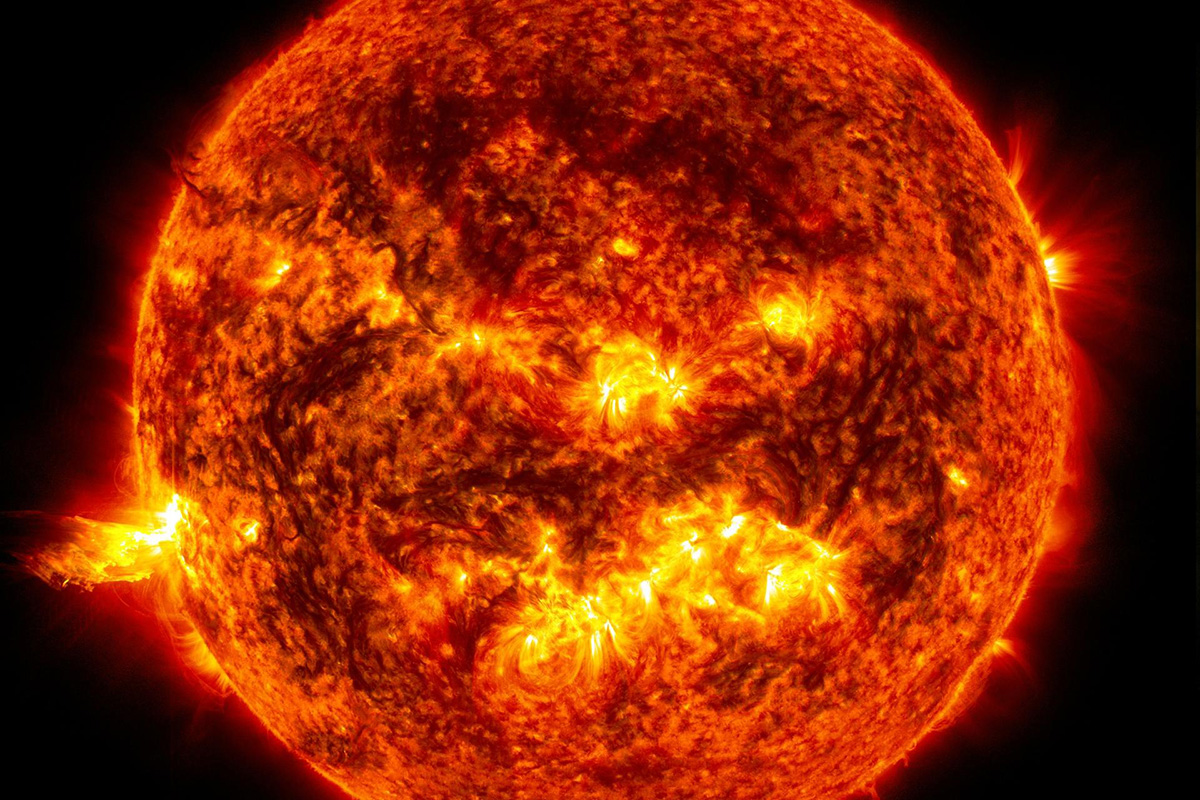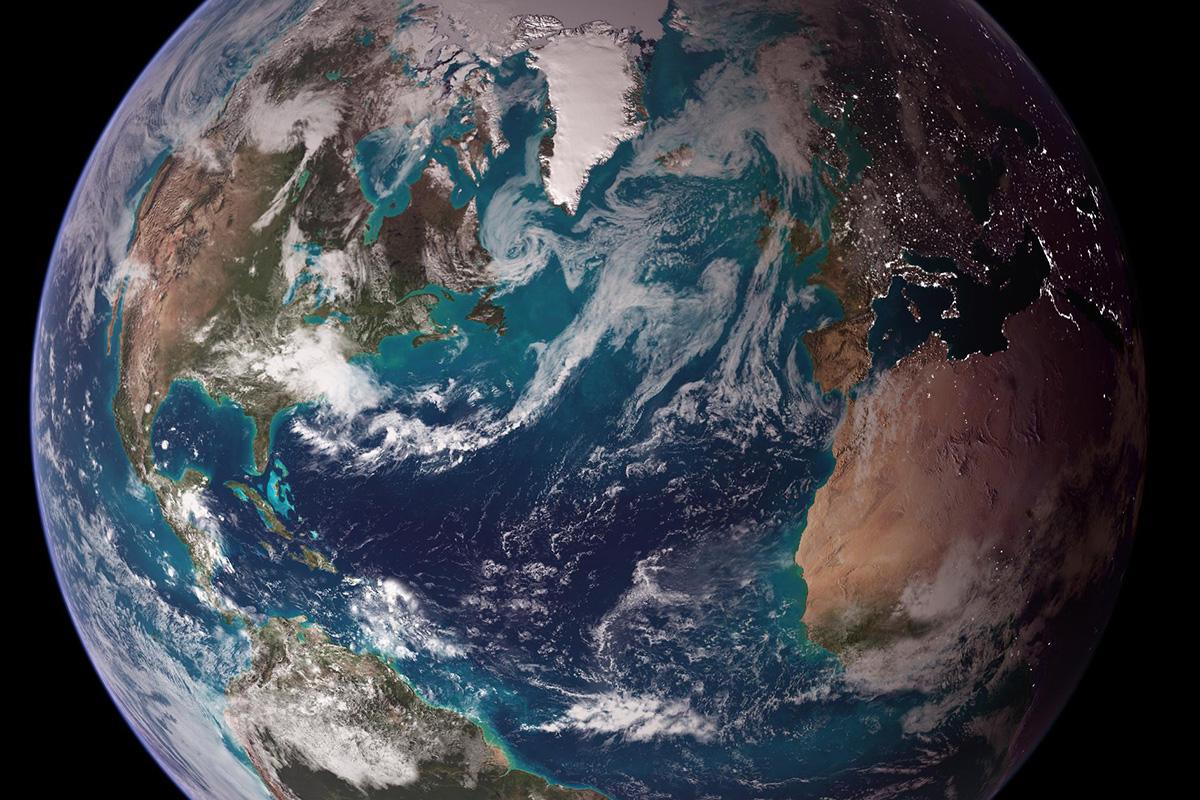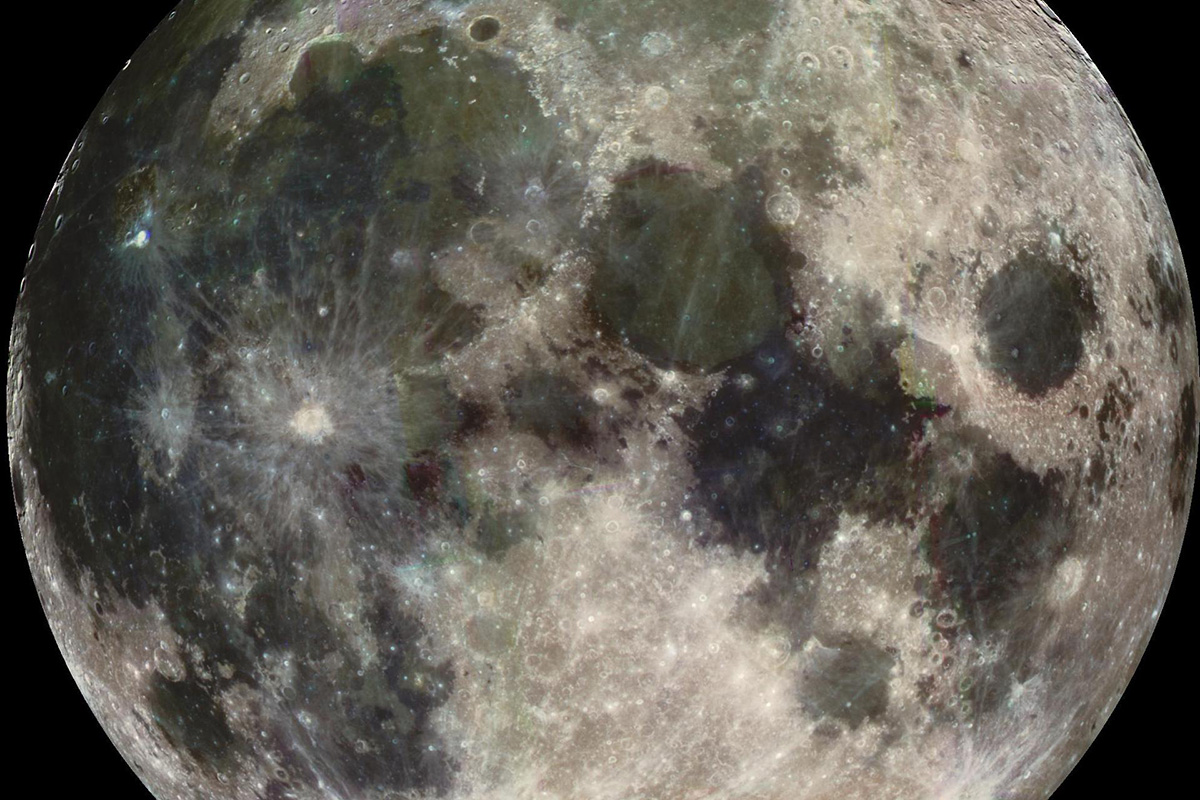News
EZIE-Mag Provides Bridge Between Indigenous Teaching and Modern Science
The parade of colorful lights spotted in the cold polar region are called the aurora borealis, or Northern Lights. According to scientists, this vibrant display is generated by space weather, interactions between events happening on the Sun and Earth’s atmosphere.
Scheduled for launch in late 2024, NASA’s Electrojet Zeeman Imaging Explorer (EZIE), led by the Johns Hopkins Applied Physics Laboratory (APL) in Laurel, Maryland, will image the magnetic fingerprint of the electrical currents that flow when the aurora is observed high in the atmosphere in a thin layer separating Earth and the surrounding space.
Scientists for EZIE are also working on EZIE-Mag, magnetometer kits that allow teachers, students and science enthusiasts to obtain their own measurements, which will be combined with EZIE’s measurements made from space to assemble a clear picture of this vast electrical current circuit.
In addition, the EZIE mission is partnering with the Indigenous Education Institute (IEI) and Little Singer Community School — a pre-K to eighth-grade school for the Navajo Nation in Winslow, Arizona — on the MakerPlace program, which created five Indigenous-based, collaborative workspaces where students can learn and explore STEM (science, technology, engineering and math) topics.
In June, members of the EZIE team hosted a three-day workshop in Arizona with Indigenous educators to discuss how to connect Indigenous teaching with scientific-based learning.
“By blending Indigenous wisdom with EZIE scientific inquiry, we shed light not only on the skies but also on the pathways to comprehending our universe,” said Nelli Mosavi-Hoyer, EZIE’s project manager at APL. “Together, we embark on a journey to unravel the mysteries of the auroral electrojets, bridging the realms of tradition and innovation.”
What Is EZIE?
EZIE will feature a trio of CubeSats, satellites roughly the size of a small suitcase, designed to move pole to pole and map the electrojets (electrical currents that flow in Earth’s upper atmosphere). Instead of using propulsion to maneuver around Earth, the satellites will leverage drag experienced while flying to navigate around our planet.
Once the electrojets are mapped, scientists will have greater insight into the physics of Earth’s magnetosphere, as well as of other magnetized planets in our universe. The mission will also help scientists create better models for predicting space weather, which includes phenomena from auroras to geomagnetic storms fueled by the Sun.
The EZIE mission is funded by the Heliophysics Division within NASA’s Science Mission Directorate and is managed by the Explorers Program Office at NASA’s Goddard Space Flight Center in Greenbelt, Maryland.
APL designed the EZIE spacecraft and manages the mission for NASA. The Jet Propulsion Laboratory in Southern California built an instrument called the Microwave Electrojet Magnetogram for each of the three satellites, and Blue Canyon Technologies in Boulder, Colorado, is building the CubeSats.
